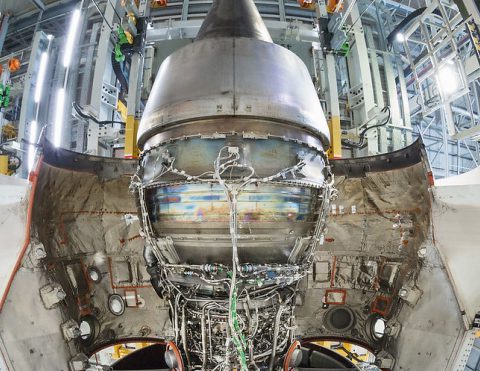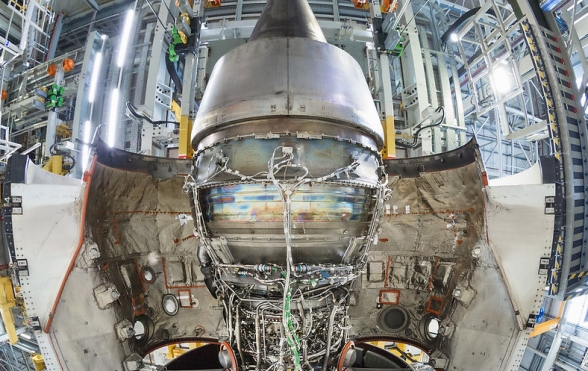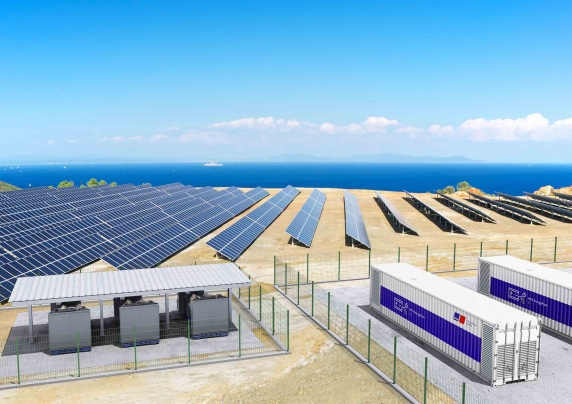Rolls-Royce and the next low-emissions engines
The target of developing low-emissions engines for aviation is quite important for Rolls-Royce. As a matter of fact, reducing emissions from gas turbines is part of the wider Rolls-Royce sustainability strategy. The global manufacturer has indeed announced the beginning of the latest phase of testing, whose very first series began in 2018. The current stage […]

The target of developing low-emissions engines for aviation is quite important for Rolls-Royce. As a matter of fact, reducing emissions from gas turbines is part of the wider Rolls-Royce sustainability strategy. The global manufacturer has indeed announced the beginning of the latest phase of testing, whose very first series began in 2018. The current stage will focus on validating emissions performance, engine control system software and functional performance.
In particular, the lean-burn combustion system improves the pre-mixing of fuel and air prior to ignition, thus delivering a more complete combustion of the fuel, resulting in lower NOX and particulate emissions.

Rolls-Royce low-emissions engines: here lies the future of aviation
«We know that the future of aviation can only be founded on greater sustainability and these tests are one element in our drive to support that goal. We’ve been excited by our results so far and we are now going to push on and see what more ALECSys can deliver», said Andy Geer, Chief Engineer and Head of UltraFan.
The tests commence as Rolls-Royce starts to build the first parts for the UltraFan demonstrator, which will start ground tests next year. UltraFan offers a 25 per cent fuel saving over the first generation of Trent engine.
Battery storage for microgrid on Cook Island
Rolls-Royce has also supplied three 40-foot MTU-brand battery containers for a microgrid on the Pacific island of Rarotonga. The MTU EnergyPacks will serve as a power reserve, grid support and enable the increased use of renewable energy.
The MTU EnergyPacks will be integrated by Vector Powersmart, an energy solutions provider in New Zealand, into an existing power plant run by the local utility Te Aponga Uira. With a storage capacity of 4,268 kWh and a power output of 4,800 kVA in total, they will serve as a power reserve, grid support and enable the increased use of renewable energy. The microgrid, which supplies the approximately 11,000 inhabitants of the remote Cook Island with electricity, consists of photovoltaic systems, diesel generators and battery containers.










